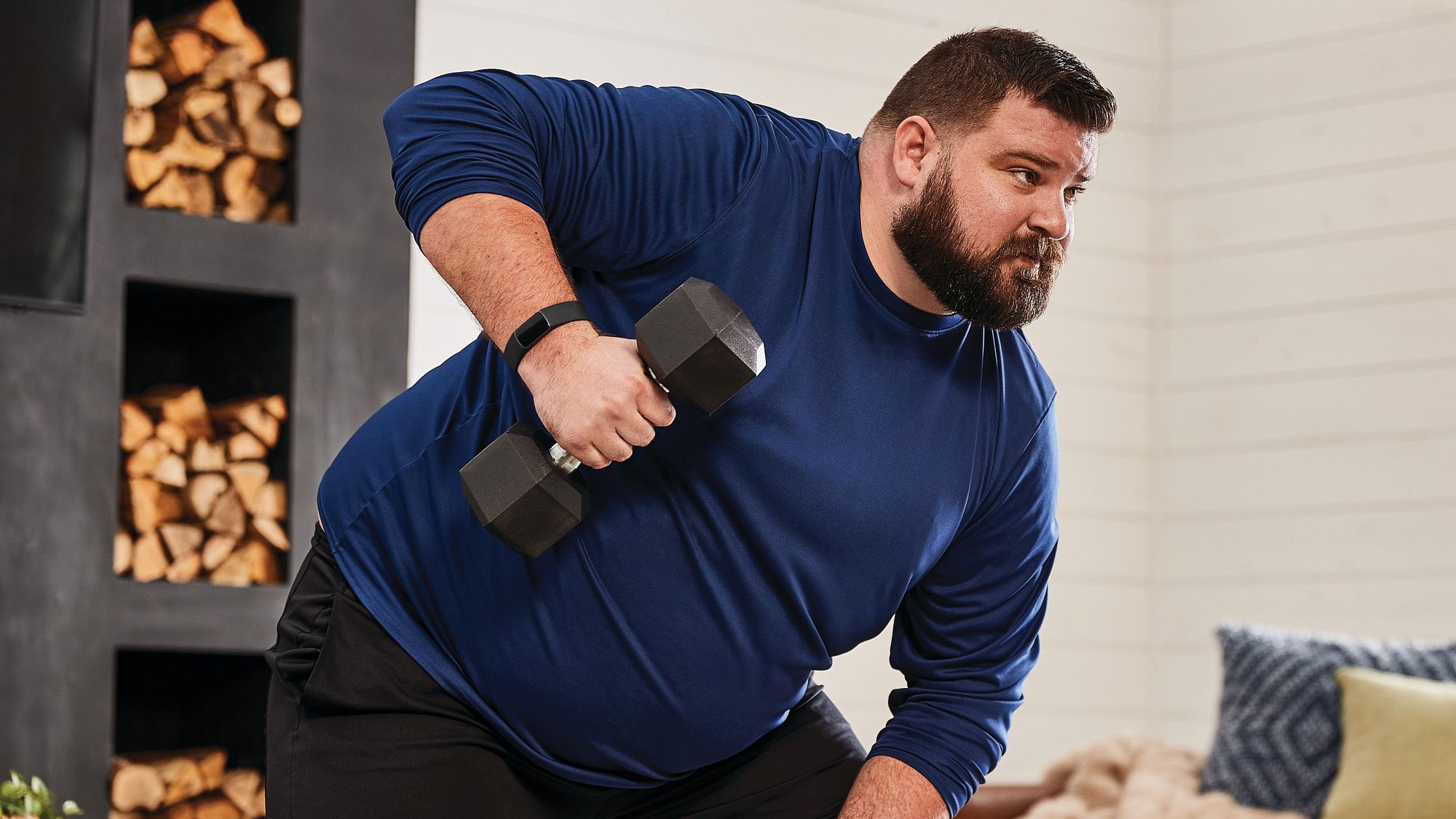

Most people not unreasonably believe that doing exercise = weight loss and not doing exercise = weight gain. Sadly, real life is not so simple, and some recent research suggests that cardio workouts in particular can actually make it harder to lose weight. However, although this is seemingly solid research that draws an interesting conclusion, I don't see it as a reason to despair and give up exercise. Rather it gives an insight into the best ways to lose weight and keep it off.
Our bodies are infinitely adaptable: they can accommodate a range of different lifestyle changes throughout our lifetime. However, it will always return to homeostasis – a state of balance within the system – if it can. And, as it turns out, this could mean burning less energy in 'standby mode' when we exercise regularly.
According to new research led by the University of Roehampton and published on 16 August 2021, people who take part in regular exercise burn fewer calories on body maintenance than people who don’t do any strenuous activity, dramatically reducing the calorie-burning gains of exercise.
Using data from the International Atomic Energy Agency’s Doubly-labelled water database of over 1,750 adults, researchers found that the calories the body burns to exist (known as basal energy expenditure, basal metabolic rate or BMR for short) decreases by 28% during periods when daily exercise levels are consistently high.
BMR accounts for approximately 60–75% of total daily energy expenditure in individuals, way more than calories burned during recreational activities such as running or cycling. A significant reduction in BMR can effectively counterbalance the positive calorie-burning effects of frequent exercising.
In short, the more we exercise over the long term, the fewer calories our bodies burn for the most rudimentary activities, therefore reducing the overall calories we burn per day.
- What is periodization training? Mesocycle training advice from top experts
- Nike Air Zoom Tempo Next% review: be fast and furious in these tempo running shoes
- Which fasting method is best for weight loss? Science has the answer
Burn, baby, burn
The team also found that adults with the highest body mass index (BMI) burned even fewer calories in the background after increasing activity levels.
Get all the latest news, reviews, deals and buying guides on gorgeous tech, home and active products from the T3 experts
The results show that only 54% of the calories burned by exercise or activity among people with the highest BMI translated into calories burned at the end of the day due to their bodies reducing the energy spent on the most basic functions.
In contrast, 70% of calories burned during activity by those with the lowest body mass translated into more calories burned at the end of the day. Overall, calories lost were no different when comparing age and sex, meaning the energy lost during activity applies equally to men and women, young and old, once their BMI is accounted for.
The research suggests that people who have a higher BMI and thus greater fat levels may burn fewer calories per day in response to long-term hikes in activity levels.

Resistance training can help you keep the weight off
Do the right thing
Many current weight loss programmes use additive models to calculate how many calories you need to burn to reduce fat loss, which can be misleading. Even worse, digital fitness trackers and running watches, such as Fitbit and Apple Watch, also mainly focus on how many calories you burn during a day.
However, this study 'debunks' this belief that calories burned from exercise quickly translate into extra calories burned overall for the day.
Should you keep on exercising, knowing all this? Absolutely. Long term weight loss is indeed achievable, as long as you look at metrics other than just calories burned. Calorie deficit and regular exercising are certainly required for your body to start tapping into its energy reserves, which is how you shed fat. However, if you want to keep the poundage off, you'll also need to increase BMR.
Resistance training is an excellent tool for that. Increasing muscle mass will increase BMR, which in turn will help you keep the weight off. Think of it this way: you light the fire by doing cardio workouts and following a proper diet and keep your weight loss progress boiling over by adding more muscles on your frame.
You don't need bodybuilder-level arms for this process to be effective. As long as you have more muscle than before, that should increase your BMR.
For those unfamiliar with resistance training, we recommend using lighter resistance, such as resistance bands. Once you can comfortably push and pull those, you can upgrade to using dumbbells and even adjustable dumbbells.
Most importantly, be patient with the process. Significant changes don't happen overnight, especially not lifestyle changes.

Matt Kollat is a journalist and content creator who works for T3.com and its magazine counterpart as an Active Editor. His areas of expertise include wearables, drones, fitness equipment, nutrition and outdoor gear. He joined T3 in 2019. His byline appears in several publications, including Techradar and Fit&Well, and more. Matt also collaborated with other content creators (e.g. Garage Gym Reviews) and judged many awards, such as the European Specialist Sports Nutrition Alliance's ESSNawards. When he isn't working out, running or cycling, you'll find him roaming the countryside and trying out new podcasting and content creation equipment.